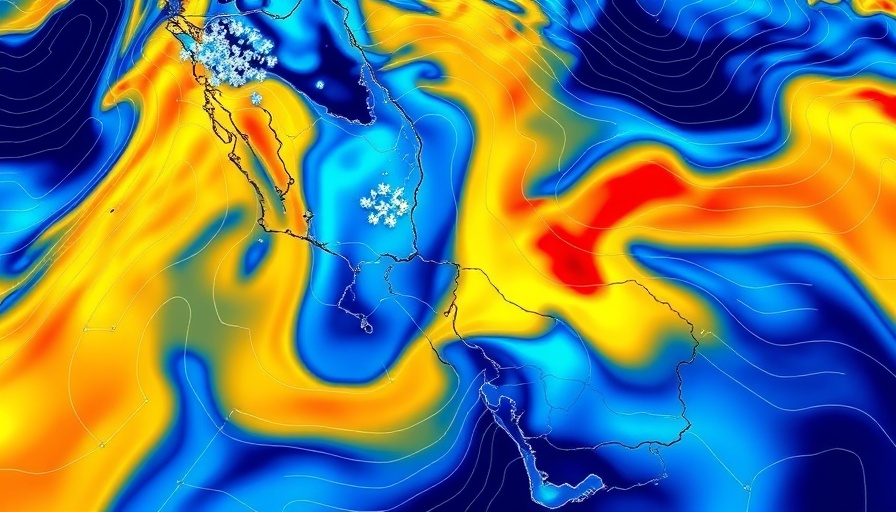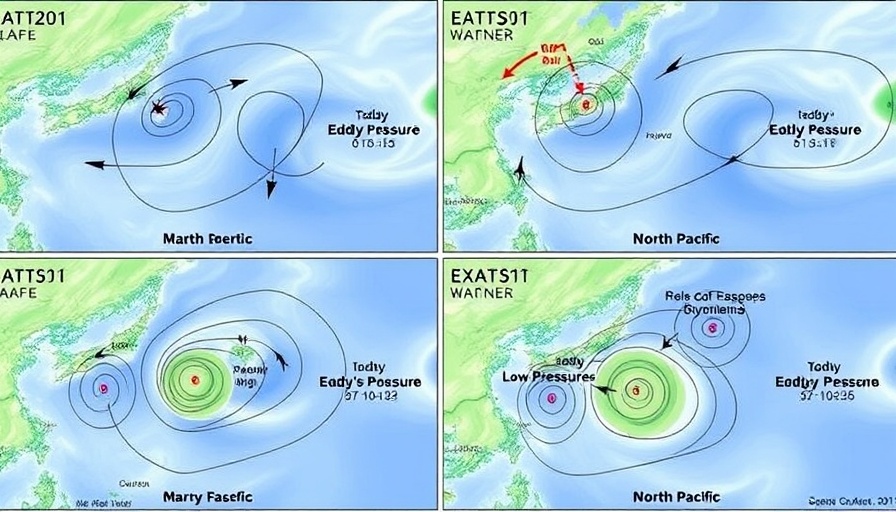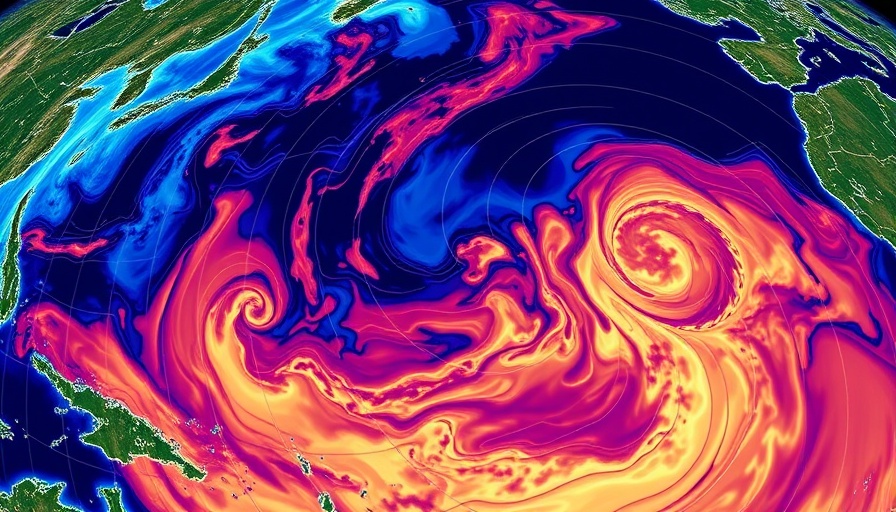
Spring Weather Dynamics: A Closer Look
California has experienced a surprisingly active spring season, with notable fluctuations that have defied earlier rainy forecasts. As late-season disturbances brought unexpected precipitation, especially in the Sierra Nevada, residents have witnessed a mix of April snow and localized showers, which disrupted the usual quiet period of spring. While these events have been intriguing, it's essential to put them in the context of the longer trends affecting California's climate.
Understanding Recent Weather Patterns
The past few weeks have shown that the anticipated West Coast ridge never fully developed, leading to a series of alternating weather patterns. For much of California, precipitation levels remain below the historical average, raising questions about the future of water resources. These patterns have affected not just temperatures but also the overall climatic balance that Californians rely on.
The Importance of Climate Context
To understand the implications of current weather conditions, one must consider the concept of “Shifting Baseline Syndrome.” Over decades, perceptions of what is normal are evolving, often without a full understanding of how climate change reshapes those baselines. The data from NOAA provides a sobering reminder of how unusually warmer conditions have become commonplace—especially during April and May—while cooler periods have dwindled.
Temperature Trends in California
Examining 125 years of climate data clarifies the stark difference in temperature experiences from early to late spring. Unlike summer months that have consistently been rising in temperature, late spring shows a pattern of decreased cooler days, leading to a higher average that many now regard as typical. This shift not only illustrates a warming trend but also highlights the wider implications for agriculture, water supply, and wildlife ecosystems.
What Does This Mean for Residents?
For the average Californian, the challenges posed by climate change are real and immediate. As light rainfall and warmer days become the norm, residents may need to consider adaptations in home services, gardening practices, and water conservation efforts. Understanding these shifts could empower communities to take informed actions that not only respond to current weather but also prepare for an uncertain future.
Looking Forward: The Forecast Beyond Spring
As we head into mid-May, expectations lean towards warmer and drier conditions taking hold. This transition will have significant implications for everything from agricultural planning to outdoor activities. The need to stay informed is crucial, as active engagement with local weather reports can help mitigate risks associated with higher temperatures and changing weather patterns.
 Add Row
Add Row  Add
Add 




Write A Comment